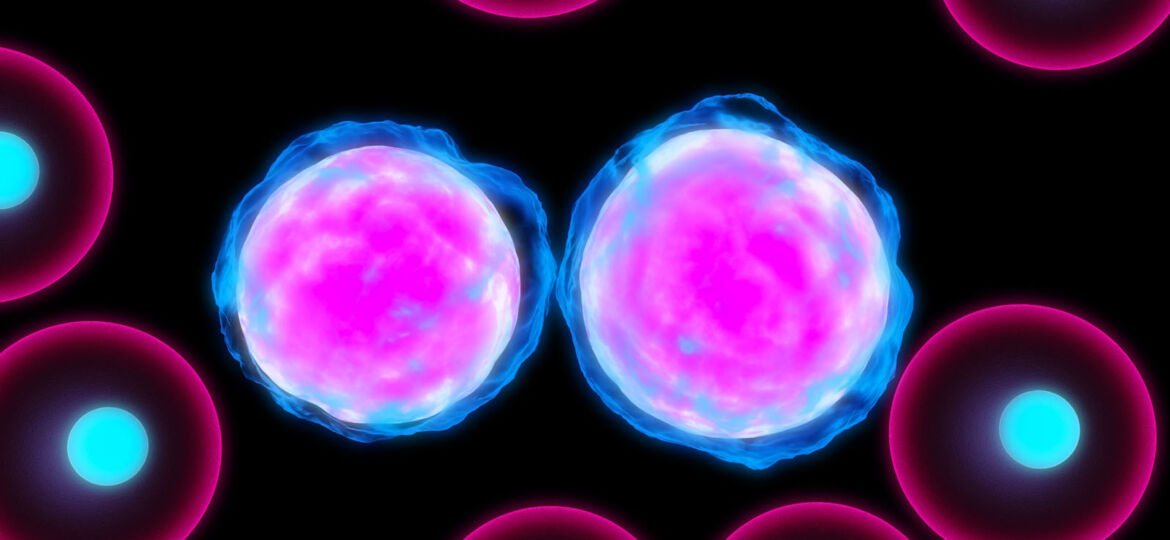
WHY THIS MATTERS IN BRIEF
New gene therapy treatments could spell the end of painful and exhausting chemotherapy treatments, and give patients new hope, but there’s a long road ahead still.
Just think of living in a world where people don’t have to go in for chemotherapy treatment any longer – bearing in mind that this painful and often awful procedure sometimes isn’t enough to send cancer into remission. And for those patients there are stark few alternatives. So what if there was an easier and more effective way to tackle cancer? Thanks to one recent case, there is.
Doctors at London’s Great Ormond Street Hospital (GOSH) have just announced that they’ve successfully cured two babies of Leukemia, when all other treatments had failed, and this was also the first attempt in the world to treat cancer with genetically engineered immune cells provided by a donor patient. The case is published in the journal Science Translational Medicine.
Currently, there are two methods of administering genetically engineered immune cells into a human body. The first approach, is the “off-the-shelf” approach, which was used by the doctors at GOSH. In this approach, engineered T-cells are modified to become ‘one size fits all’ for cancer patients. The patient is hooked up to an IV, and these modified cells are dripped into their veins whenever needed. The second approach involves collecting a cancer patient’s blood cells, engineering them, then dripping them back in, again through an IV.
The second approach is primarily used by companies like Juno Therapeutics and Novartis, and it costs millions of dollars and requires a huge amount of resources, so the first approach that uses universal immune cells seems more practical. However, originally, there was a lot of doubt in the field whether or not the new approach would actually work – and post op, since the babies underwent a course of chemo before the gosh doctors treated them some experts in the field have been left wondering if it was the chemo, or the new treatment, or maybe even the combination of both that cured them.
If it’s eventually demonstrated that GOSH’s new treatment did cure the infants then it could potentially save millions of lives. Doctors could collect blood from a donor, disperse it into hundreds of doses, then freeze and store it for $4,000 per dose – a much more affordable option than today’s alternative which costs over $50,000 a go. Furthermore if it is shown to be effective then it could become the defacto treatment for this horrible disease, and that in itself would be an amazing achievement.
The new modified T-cells help the immune system by attacking leukemic cells, and the treatment has long been thought of as being a a theoretically simple and effective solution. Treatments that involve these engineered T-cells, like the nicknamed “off-the-shelf” approach, are known as CAR-T cell therapy, although they are not yet sold commercially. Juno Therapeutics and Novartis have previously conducted studies, finding that CAR-T cell therapy cured about half of all patients involved.
“The patient could be treated immediately, as opposed to taking cells from a patient and manufacturing them,” said Julianne Smith, vice president of CAR-T development for Cellectis, which specializes in the supply of universal cells. Still, others side with the notion that treatments should only use the patient’s own cells, not someone else’s. But whatever side of the debate you’re on it could all seem rather moot because this could be the future of alternative cancer treatments.

















[…] Source link […]